
Welcome to this installment of SPW Classroom on Ground-Mount Systems.
Solar panels can't do their jobs of making energy until they're positioned at the right angles and secured properly into the ground. Ground-mount systems can be fixed or track the sun's movement for even more power generation.
Here you will find resources describing the various types of ground-mount systems and trackers. These tutorials are all designed to give you a better understanding of this important component of solar arrays.
Associate Editor, Solar Power World
Principles • Implementation • Basics
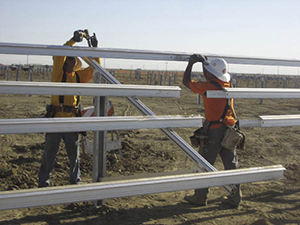
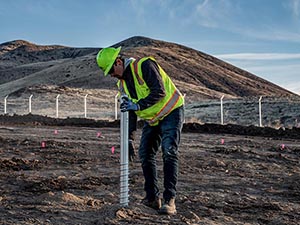
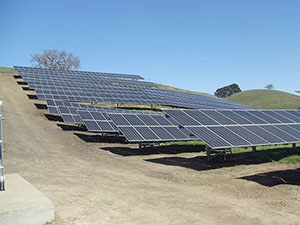
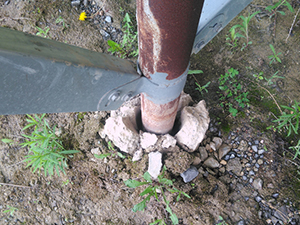
There are solar ground-mount solutions for any type of soil
Avoiding the costly consequences of frost heave on solar ground-mounts
What are the different types of ground-mount solar racking systems?
Solar can be installed on uneven, hilly sites with relative ease
Probably the most competitive solar product market, mounting systems are an important element of solar arrays—they secure solar panels to the roof or the ground.
The United States is a vast landmass. With varying altitudes, water tables and environments, the soils between our two ocean coasts can be sandy, soft, rocky or clay-laden.
Ground-mount solar arrays are typically installed in mostly flat open fields, especially on utility-scale projects.
Solar energy is now a proven, reliable and competitive energy solution and has gained viability in colder environments due to government policies, incentives and Renewable Portfolio Standards set by states on utilities.
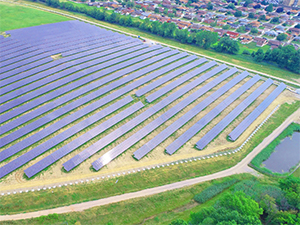

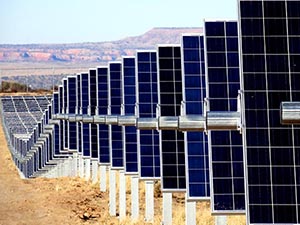
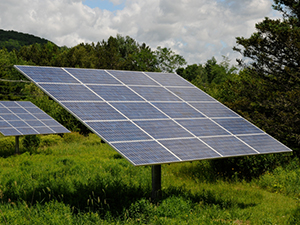
What is a dual-axis solar tracker?
How does solar on capped landfills work?
Why soil conditions are important to solar foundation design
What is a solar tracker and how does it work?
Modern landfills, whether they are privately owned for-profit entities or operated by local, federal or state governments, are government-regulated, highly controlled environments.
Understanding a potential solar project’s ground conditions can influence many design considerations, most importantly what foundation to choose.
Manufacturers are constantly making incremental improvements to their solar panels to create a higher energy yield per unit than previous and competing models.
The dominance of single-axis trackers in the large utility-scale solar market sometimes steals the limelight from its dual-axis cousins.